How does the male ball valve design enable smooth and effortless on/off operation?
The male ball valve design is a key characteristic...
MORE >>


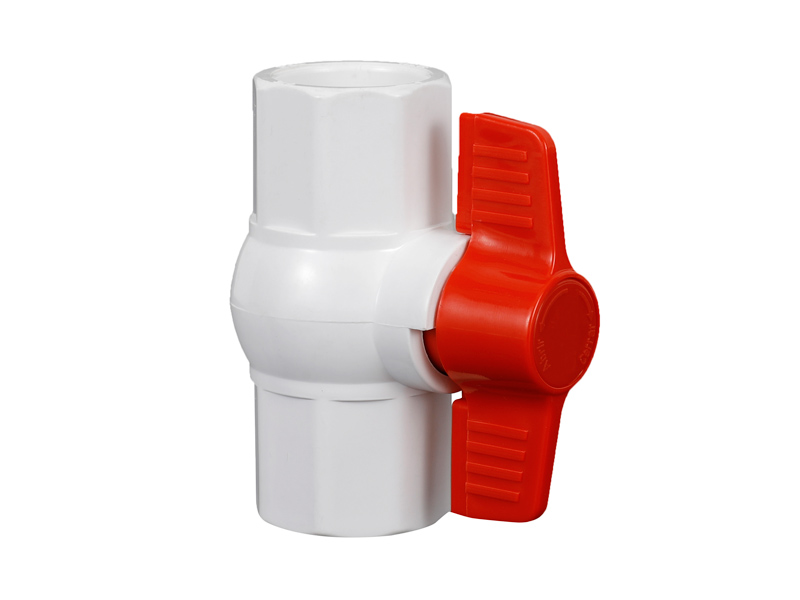
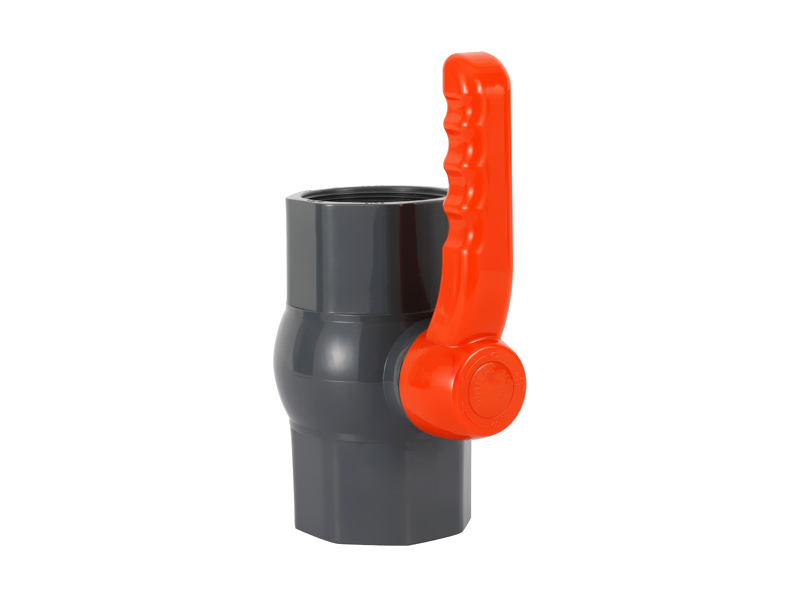
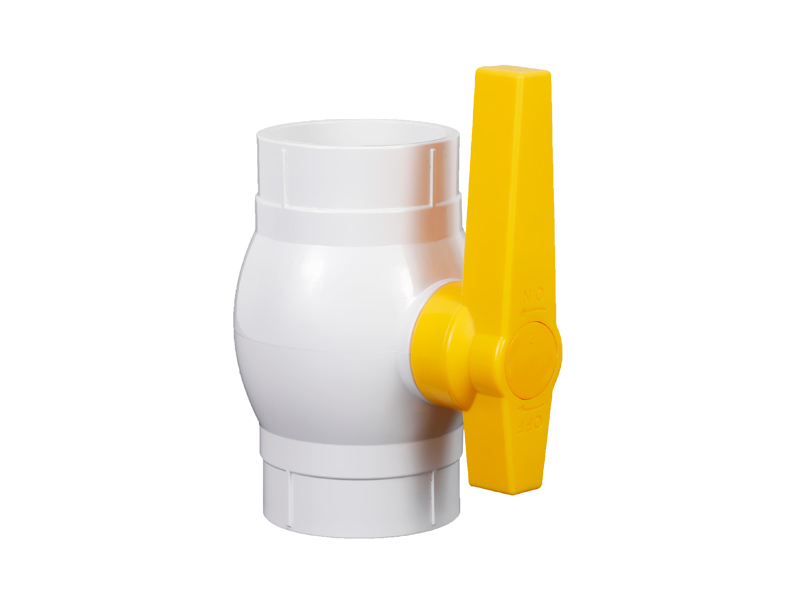
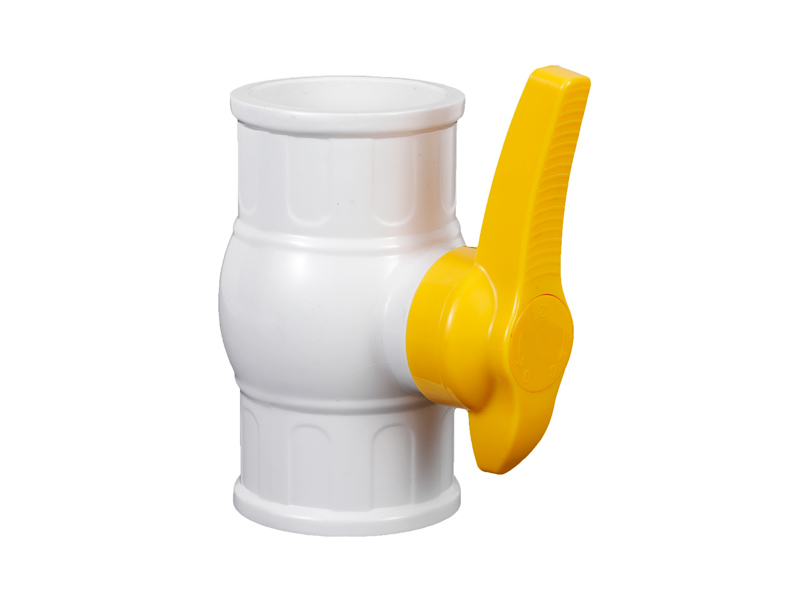
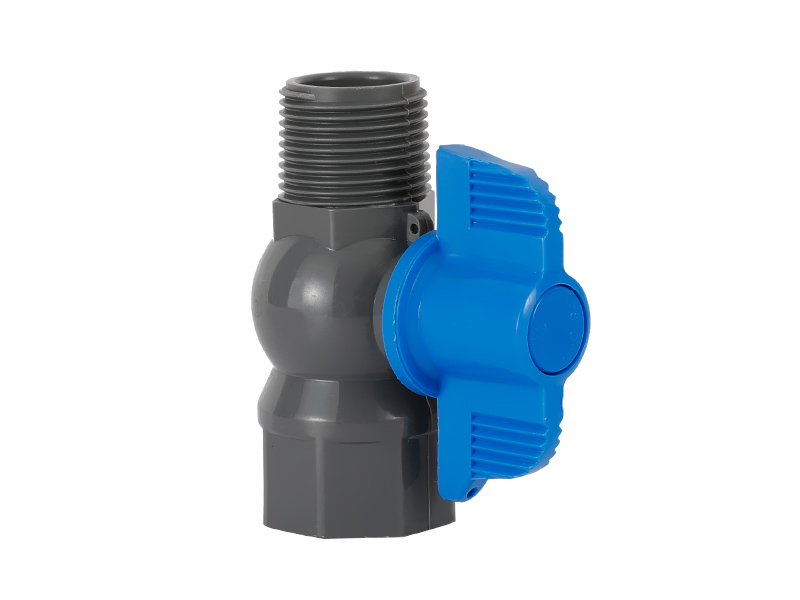
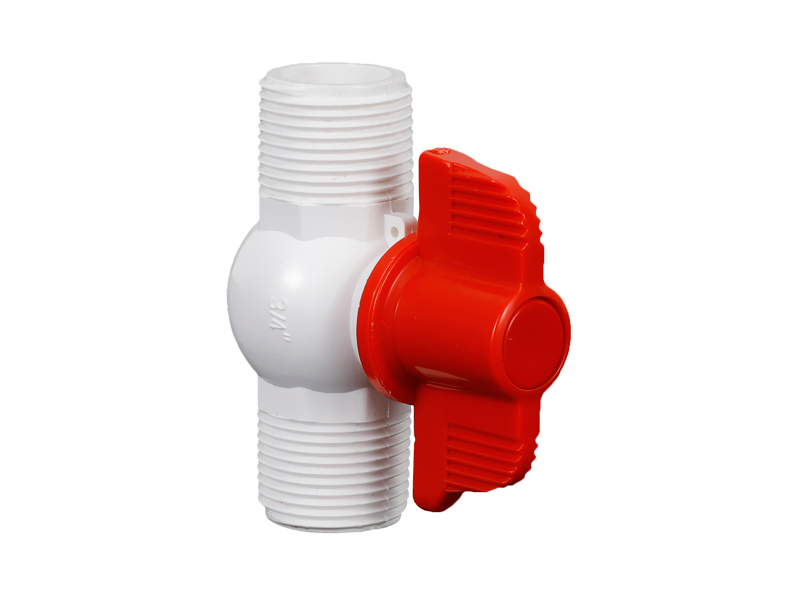
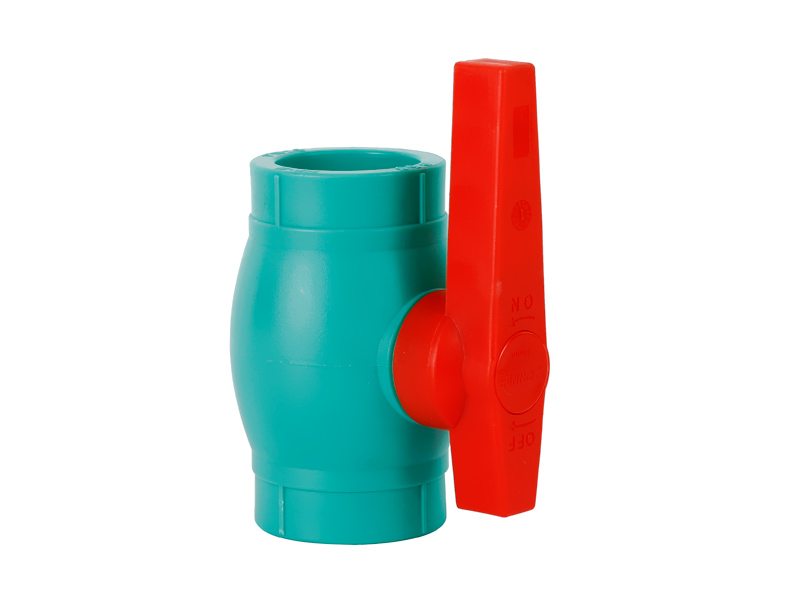
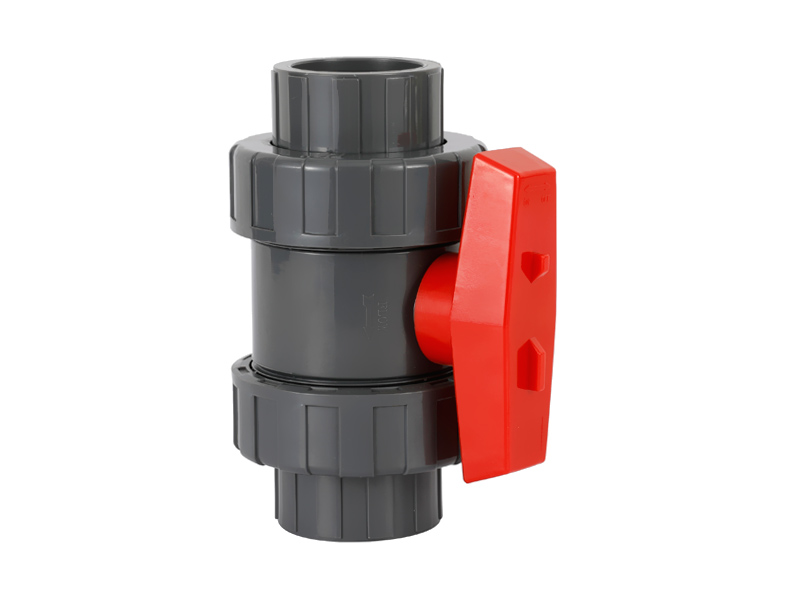



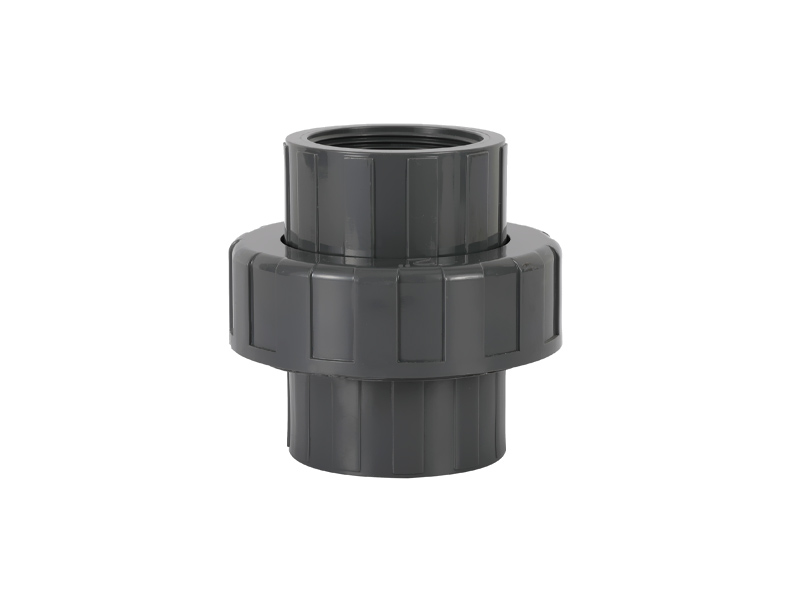

Certainly! A butterfly valve is a type of quarter-turn […]
Certainly! A butterfly valve is a type of quarter-turn valve that is commonly used to regulate fluid flow in a variety of industrial applications. Its working principle is based on the rotation of a disc or plate inside the valve body, which controls the flow of fluid through the valve. Let's delve into the details of how a butterfly valve works and how it effectively regulates fluid flow.
Working Principle:
At its core, a butterfly valve consists of a circular disc or plate that is positioned within the flow path of a pipeline. This disc is connected to a central shaft, which in turn is connected to an actuator (such as a handle, lever, or motor). When the actuator is rotated by a quarter turn (90 degrees), the disc also rotates within the valve body. This rotation allows the disc to either block or allow the passage of fluid, thus regulating the flow.
The disc is positioned in such a way that, when fully open, it aligns with the direction of the flow, minimizing resistance and pressure drop. Conversely, when the disc is rotated to the closed position, it sits perpendicular to the flow direction, effectively blocking the flow of fluid.
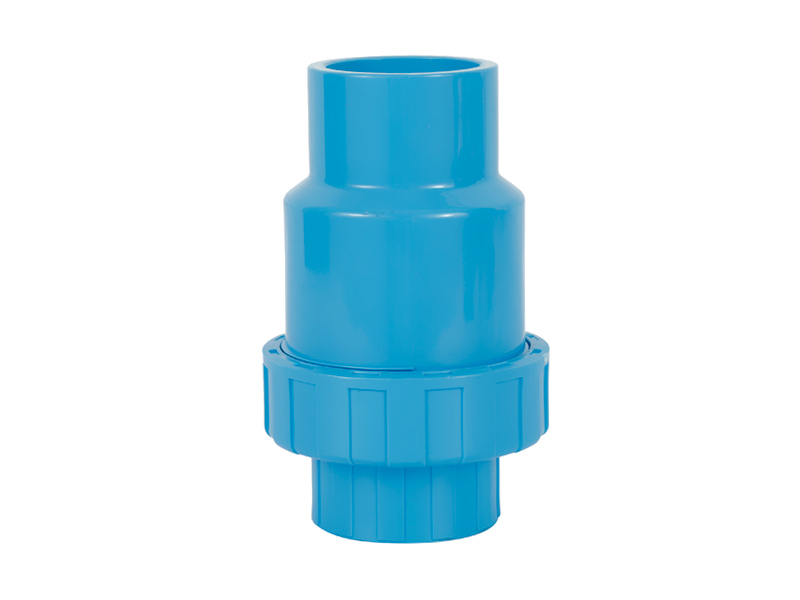
Regulating Fluid Flow:
The primary mechanism by which a butterfly valve regulates fluid flow is by adjusting the angle of the disc within the flow path. By varying the angle, the valve can control the size of the opening through which the fluid passes, thus altering the flow rate. This angle adjustment can be performed gradually, allowing for precise control over the flow rate.
When the disc is partially rotated, it creates a partial obstruction in the flow path, causing the fluid to navigate around the disc. This creates a pressure drop across the valve, which can be used to regulate the flow rate. The degree of obstruction depends on the angle of the disc: the greater the angle, the more the flow is restricted.
Butterfly valves are known for their ability to provide a quick and efficient means of controlling flow. Their quarter-turn operation allows for rapid adjustments, making them ideal for applications where on-off or throttling control is required.
Advantages of Butterfly Valve Flow Regulation:
Quick Operation: Butterfly valves require only a 90-degree turn for full opening or closing. This swift operation makes them suitable for applications that require rapid flow adjustments.
Minimal Pressure Drop: In the fully open position, the disc aligns with the flow direction, resulting in minimal pressure drop across the valve. This characteristic is particularly advantageous when dealing with large volumes of fluid.
Cost-Effective: Butterfly valves are often more cost-effective to manufacture and maintain compared to other valve types, making them a popular choice in various industries.
Compact Design: The simple design of a butterfly valve allows it to be compact and lightweight, which is beneficial when space constraints are a concern.
Low Torque Requirements: Due to their quarter-turn operation, butterfly valves typically have lower torque requirements for actuation, reducing the energy needed to operate them.
Limitations and Considerations:
Throttling Limitations: While butterfly valves are effective for moderate throttling, they might not provide the same level of precise control as some other valve types, especially in applications requiring very fine flow adjustments.
Cavitation and Erosion: In high-velocity flows, butterfly valves can be susceptible to cavitation and erosion, potentially leading to damage and reduced valve lifespan.
Material Compatibility: The choice of materials for the valve body and disc is crucial to ensure compatibility with the fluid being handled. Corrosive or abrasive fluids might require specialized materials.
In conclusion, a butterfly valve's working principle revolves around the rotation of a disc to regulate fluid flow. By adjusting the angle of the disc within the valve body, the flow rate can be controlled efficiently. Butterfly valves offer advantages such as quick operation, minimal pressure drop, and cost-effectiveness, making them valuable components in a wide range of industrial systems. However, their suitability should be carefully considered based on the specific application's requirements and potential limitations.
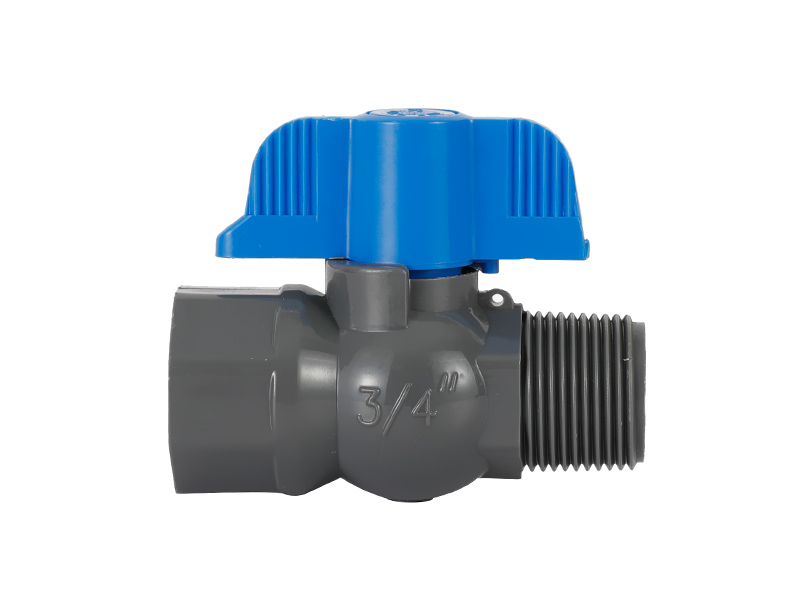
The male ball valve design is a key characteristic...
MORE >>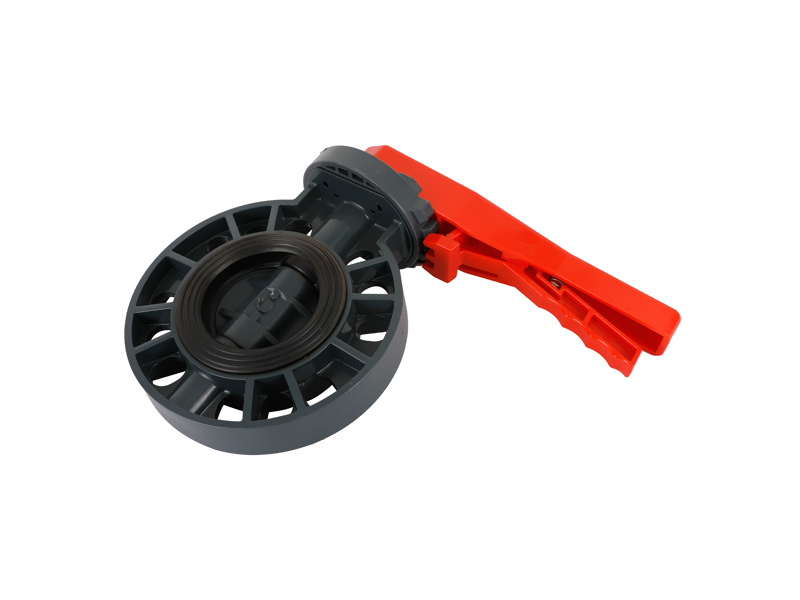
In today's modern world, efficient and reliable wa...
MORE >>
Copyright ©All rights reserved:Zhejiang Xier Plastic Valve Lead Co.,LTD. PVC Ball Valves Manufacturers Technical support: HWAQ  浙公网安备 33060402001174号
浙公网安备 33060402001174号

 English
English España
España عربي
عربي